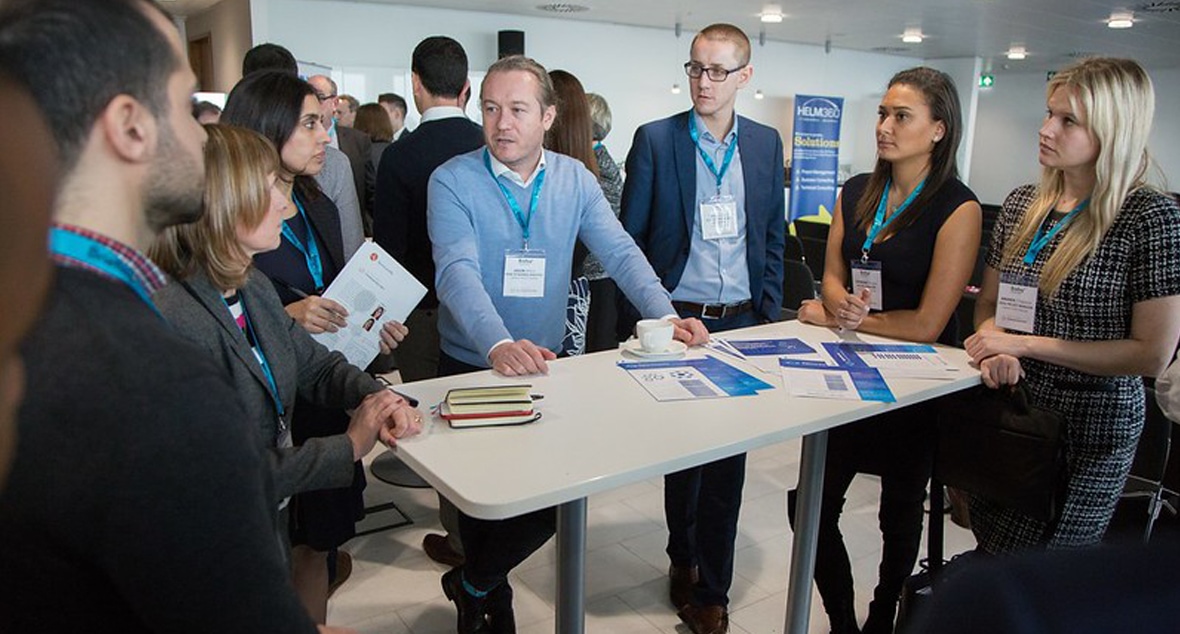Highlights from Briefing Frontiers – Automation event 2019
One of the ‘ones to watch’ in Briefing’s annual Legal IT landscapes research over the last few years has been automation in its various guises. Asked to name the technology categories they rated the highest for efficiency and competitiveness, in 2019 law firm leaders gave a very clear vote of confidence in document automation for the former quality.
This was also the first year that robotic process automation (RPA) cropped up (we ask you to name techs that are truly top of mind, you see, rather than suggest them for you to pick). And digging a little further, respondents told us that many applications of this technology (or planned ones) were in the area of risk management, such as client matter inception/onboarding, conducting file audits and assessing new client/matter financial risk. Firm-client collaboration also scored highly.
So, it was rather interesting to me that when attendees at our recent Briefing Frontiers – Automation event (kindly hosted by Addleshaw Goddard) scratched their heads, the areas they thought they’d most like to see RPA intervening were around internal process efficiency, both financial and people-related.
A group exercise closing this event drew inspiration from the Six Thinking Hats system of Edward de Bono. As the name implies, it asks people to probe their challenges by putting on and taking off (in quick succession) a set of different coloured hats to channel different mindsets. They range from the simply factual, to creative, relentlessly positive and freely critical. All contributions to group discussion must be in line with the hat that is worn at the time – so no negativity when you’re wearing yellow, for example. In this case, groups were asked to pick a process where they collectively agreed that introducing automation could lead to either a saving or a new gain, and view it from such multiple angles.
If you like the sound of this, join us at our up-coming event:
Book your free place at Briefing Frontiers – Modern workplace
5 December 2019
Deloitte Academy, London
One group did indeed select the process of client and matter onboarding, which was described as unnecessarily “disjointed” as things stand, involving talent inefficiently. The group believed that bots could ultimately play a bigger role in guiding clients through parts of the process, and enable something more “multi-disciplinary” to emerge, with several compliance processes effectively converging.
Another intriguing choice was automating to tackle the inefficiency of the approval process needed for agreeing client write-offs. Rules around when this step was appropriate could be more consistently applied by automation, enabling a self-serve model, and doing away with different e-billing systems for different clients. Both fee earners and revenue teams would have some valuable time freed up to get more strategically involved, including around the wider client relationship, and unprofitable manual errors ought to head south.
In fact, finance was a particularly desirable area for action. Another group had more profitable matter pricing in its sights, with an automated route to piecing together pricing information from an array of past jobs to inform the present one. And another saw gain in automating financial reporting tailored to the client – the thinking being that such templating should drive client engagement and retention. Well, you’d hope so – especially if some human error also falls by the wayside.
However, client-centric thinking really ended there. Our final groups were all about the drivers of internal efficiency – although by definition producing a time saving that could certainly be redirected into the client-service space if desired. One centred on the quest for the elusive ‘single source of truth’ in a world of big data fragmented over different systems. Could they build a single data warehouse, powered by business intelligence, that delivered just what the end user needs? They’d give it a go.
My personal favourite also seemed to be the simplest idea though – the automated onboarding of any new joiner at all, which plugged and populated details into all the relevant systems at once, from payroll to L&D and risk. This should all happen ahead of start date, so they only have to grab that first-morning coffee themselves and can ‘do the job they were employed to do right away, without delay’.
That sounds like a nice, warm welcome to me.
So, be it saving or gain, where do you think process automation could most change how your law firm operates for the better? If this has inspired you at all, drop us a line. We’ll respond, although I’m afraid I can’t say it will be automatic just yet …





